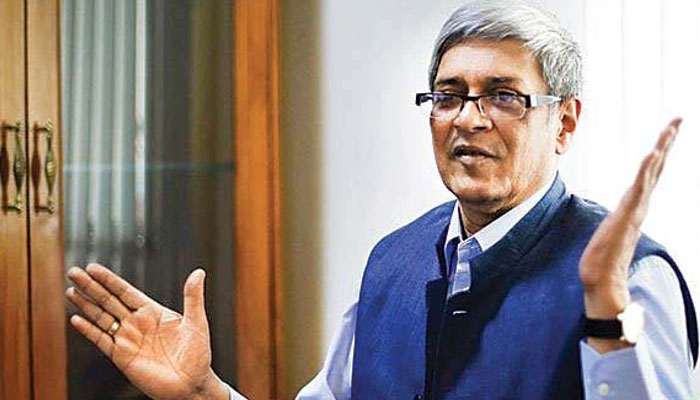TRENDING TAGS :
New NSSO report to show "increase in Jobs," says PM's Economic Advisor
The rate of unemployment among men in rural areas between the ages of 15 and 29 years jumped to 17.4 percent in 2017-18 compared to 5 percent in 2011-12. The unemployment rate among women in rural areas stood at 13.6 percent in 2017-18 compared to 4.8 percent in 2011-12, according to the survey.
New Delhi: A day after National Sample Survey Office’s Periodic Labour Force Survey recorded the unemployment rate in India the highest in 45-years, Prime Minister’s Economic Advisor, Bibek Debroy said that they will prepare a fresh jobs report.
Debroy said that the survey will show that there has been a substantial increase in jobs.”
It is important to realise that what is the role of the Modi government in jobs. As per Bibek,"Union government plays a small part in unemployment and it is the state government which plays a crucial role in the business and economic world".
ALSO READ: Union Budget 2019: Tax rebate for income upto Rs 5 lakhs
Praising the Central government, Roy said “Union government can facilitate enabling environment for establishments to function, entrepreneurship to flourish and this is precisely what the Modi government has been doing by pushing self-employment."
The leaked report recorded unemployment rate of 6.1 percent in 2017-18, giving Congress an opportunity to attack the BJP government.
Congress chief Rahul Gandhi on Thursday said it was time for PM Narendra Modi to go as he had failed to keep his 2014 promise of adding two crore jobs every year, and called the unemployment rate a “national disaster”, caused by the Bharatiya Janata Party.
Two independent members of the National Statistical Commission had resigned this week after the government allegedly failed to publish the report that was prepared last month. The report is still not public.
This was the first survey on employment by a government agency after Prime Minister Narendra Modi announced demonetisation of Rs 500 and Rs 1,000 currency notes in November 2016.
ALSO READ: Former CBI Director Alok Verma fails to join new post, puts pension at stake
The Periodic Labour Force Survey is the first annual household survey of the National Sample Survey Office and data was collected between July 2017 and June 2018.
Documents showed that unemployment rate was at its highest since the 1972-73 period, from when the employment data is comparable. In comparison, the unemployment rate stood at 2.2% in 2011-12, during the United Progressive Alliance’s second term, according to the survey.
The report showed that the unemployment rate among the youth was at a higher level compared to previous years and “much higher compared to that in the overall population.”
The rate of unemployment among men in rural areas between the ages of 15 and 29 years jumped to 17.4 percent in 2017-18 compared to 5 percent in 2011-12. The unemployment rate among women in rural areas stood at 13.6 percent in 2017-18 compared to 4.8 percent in 2011-12, according to the survey.
The rate of unemployment among men in rural areas between the ages of 15 and 29 years jumped to 17.4 percent in 2017-18 compared to 5 percent in 2011-12. The unemployment rate among women in rural areas stood at 13.6 percent in 2017-18 compared to 4.8 percent in 2011-12, according to the survey.
Unemployment among youth in urban areas was higher than in rural areas – 18.7 percent for men and 27.2 percent for women in 2017-18.
More among the educated were jobless in 2017-18 than they were in 2004-05. For educated women in rural areas, unemployment was at 17.3 percent in 2017-18 compared to 9.7 percent-15.2 percent during 2004-05 to 2011-12. For educated men in rural areas, the unemployment rose to 10.5 percent in 2017-18 compared to 3.5 percent to 4.4 percent during 2004-05 to 2011-12.
The labour force participation rate, which is the proportion of population working or seeking jobs, declined from 39.5 percent in 2011-12 to 36.9 percent in 2017-18. The labour force participation has been declining since 2004-05. The dip was at a higher pace in 2017-18 compared to 2011-12, but at a lower speed than what was witnessed in 2009-10.
The findings of the report were published in a newspaper after which the Central government came under the radar of opposition parties that accused Modi government for the declining rate of employment. The government however retaliated by saying that the Employees' Provident Fund Organisation's (EPFO) real data shows sharp increase in jobs, created in just the last 15 months.
ALSO READ: TDS protests against gov, demands special category status for Andhra



